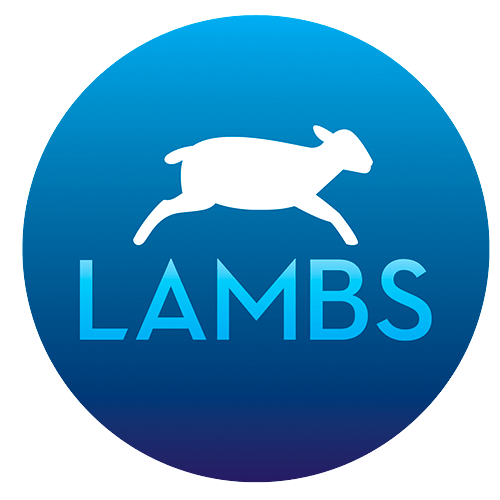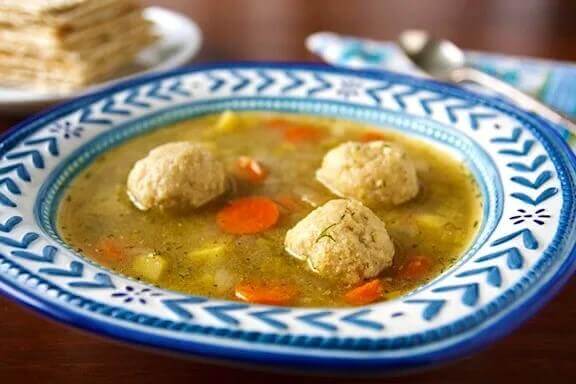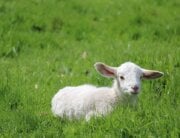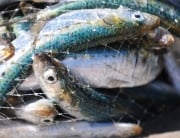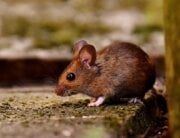As Passover approaches, we reflect on how God provides for and protects us, and during this season of gratitude, we are called to show mercy to all. With more Christians now celebrating the traditional Jewish seder, it’s essential that we understand the symbolism of this meal and its practices. Jeffrey Spitz Cohan from the PETA Foundation’s development department discusses the importance of focusing Passover celebrations on compassion and how to make a vegan seder plate.
*****
Celebrating a Vegan Passover
The spiritual themes of Passover are tightly intertwined with vegan living, so if we take the meaning and insights of the holiday seriously, seders should be vegan. To some people, that might sound like an audacious assertion, but consider the three core aspects of Passover:
1. We repeat the Passover story primarily to remind ourselves of our ancestors’ experiences as enslaved people and to recommit ourselves to ending oppression. The oppression inflicted on animals and workers by today’s food industry is massive in scale and bottomless in depravity.
2. During Passover, we avoid chametz (anything with yeast) and eat unleavened bread to reaffirm the virtue of humility. In contrast, confining, killing, and consuming animals is based on speciesism, the misguided idea that humans are far superior to other animals, be they feathered, furry, or scaly, and can use them however they like.
3. Spiritually, Passover presents an opportunity to free ourselves from our enslavement to bad habits. Killing and consuming animals is a deadly habit that undermines our duty to be good stewards of creation and wreaks havoc on human health and the environment. Switching to vegan living liberates all sentient beings from this harm.
The seder plate is the centerpiece of the Passover table, so making it vegan is a great way to practice compassion with this important Jewish tradition.
The seder plate has six items on it, and traditionally, four of them (typically matzah, horseradish, parsley, and an apple-nut mixture called charoset) are vegan and two (typically an egg and a shank bone) are animal-based. However, during the seder itself, we eat only the vegan items. The animal-based ones are purely symbolic, so they can easily be replaced with plants. The egg, which represents spring and rebirth, can be replaced with a flower or an avocado pit, and according to Jewish law, the shank bone can be replaced with a beet, the juice of which resembles blood.
What about the Passover meal itself? PETA has you covered. Check out the delicious vegan Passover recipes on our website.
So, you see, it’s not audacious at all to suggest that every seder can and should be vegan.
Have a meaningful and joyful Passover!
